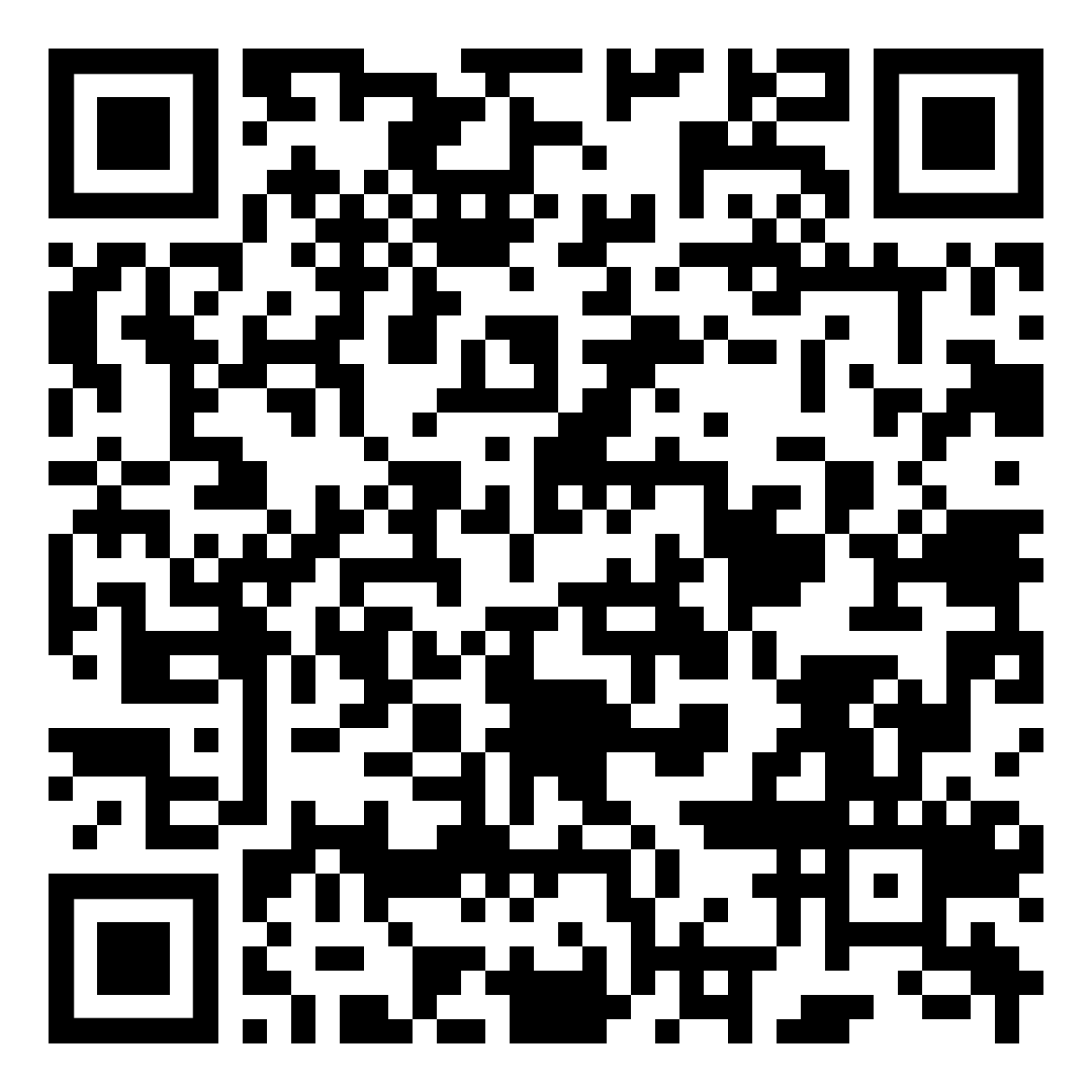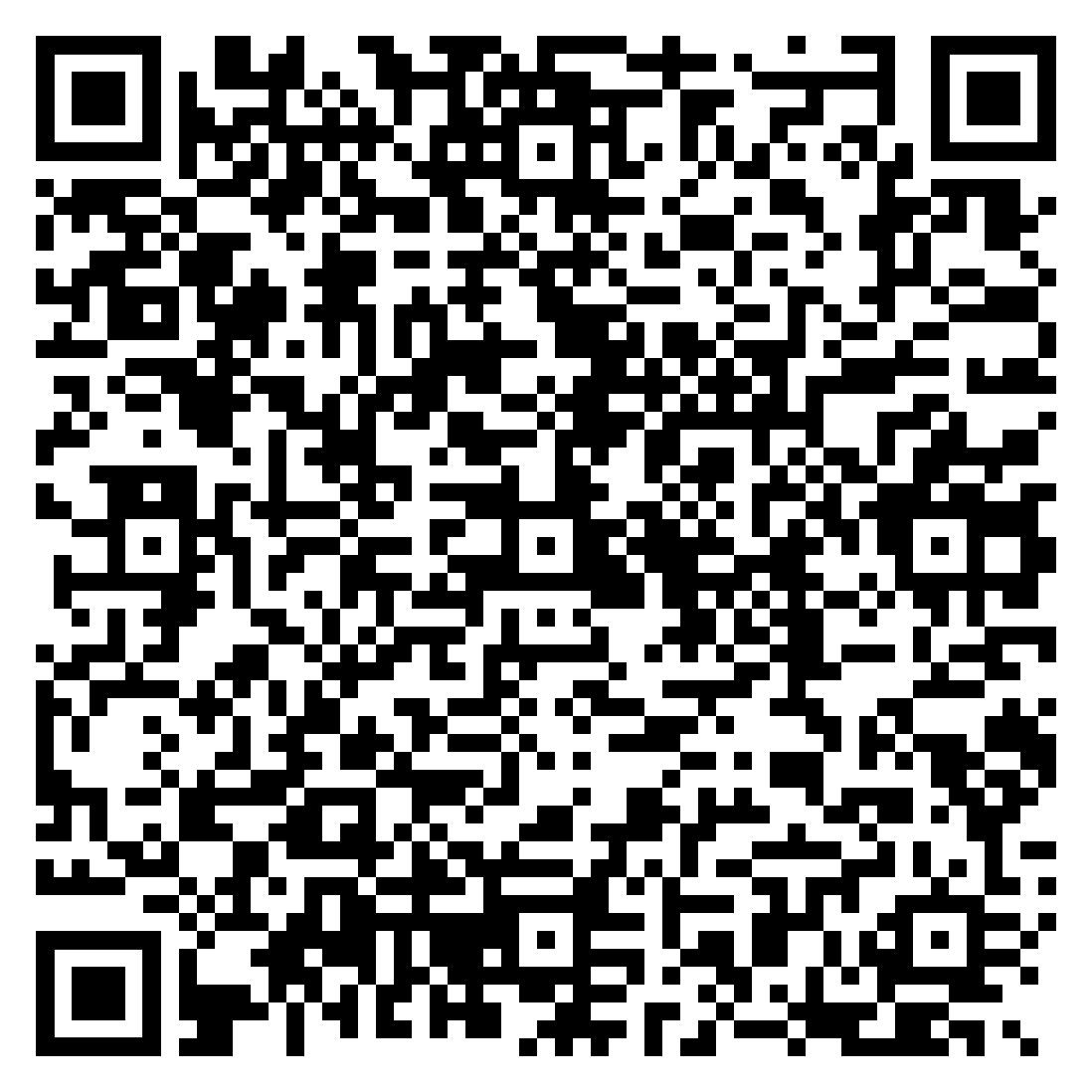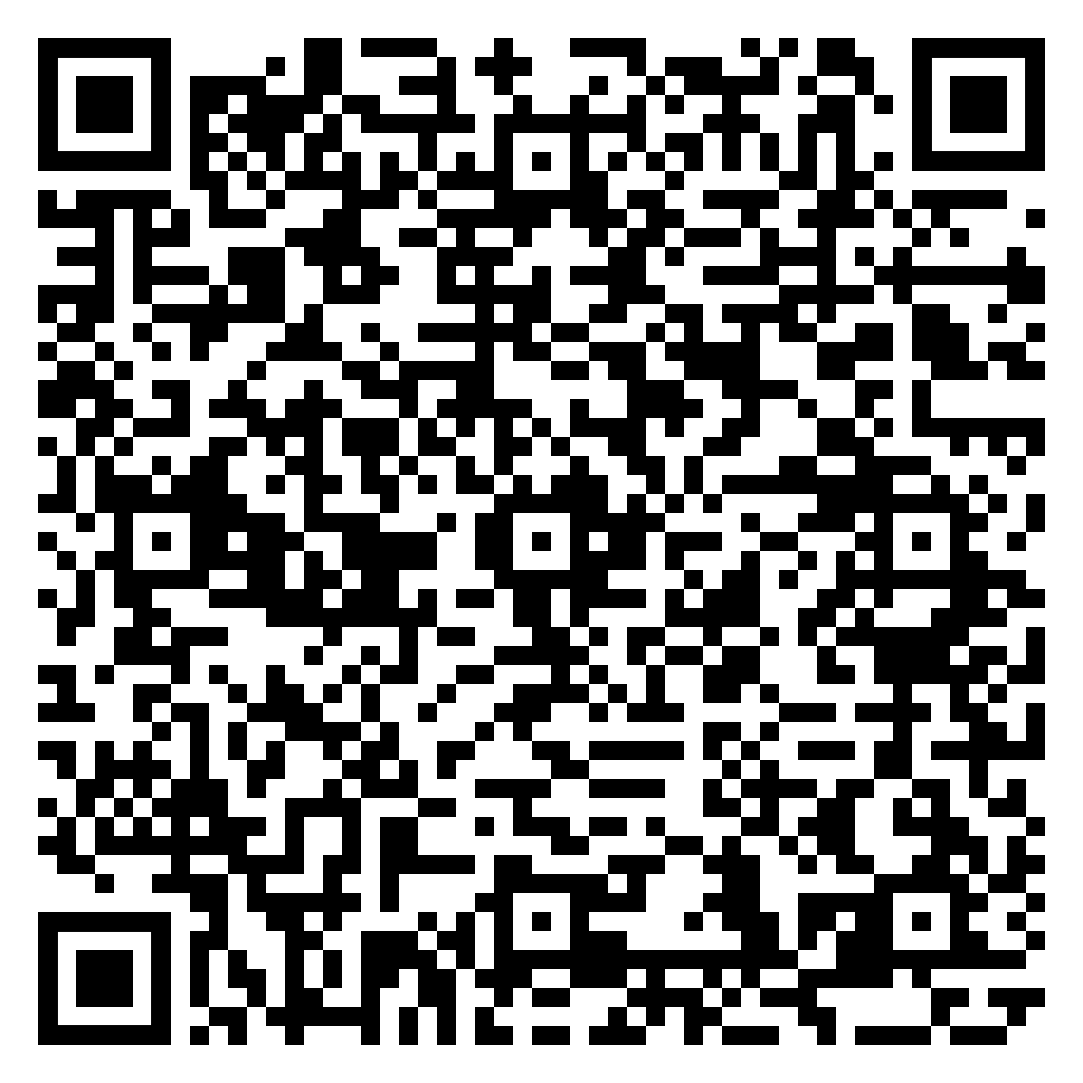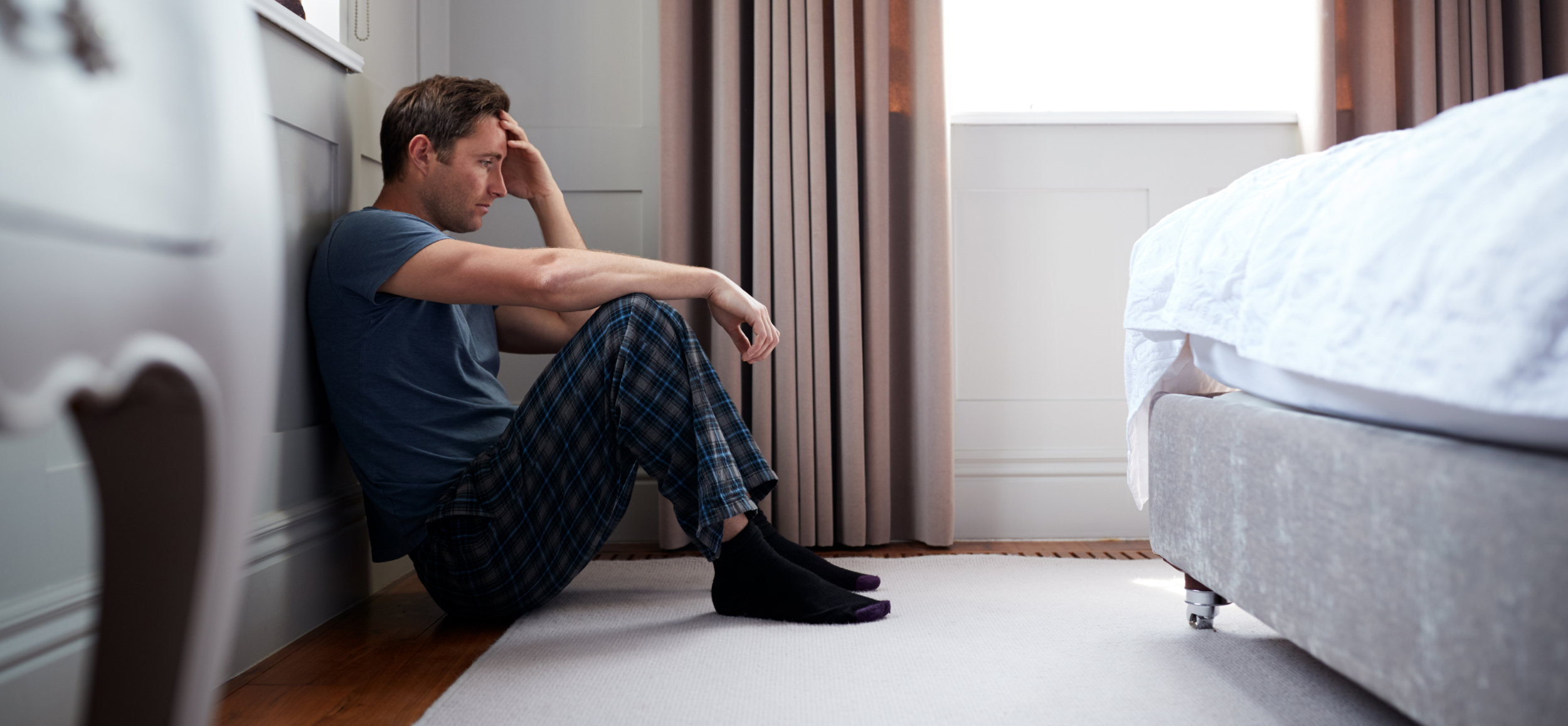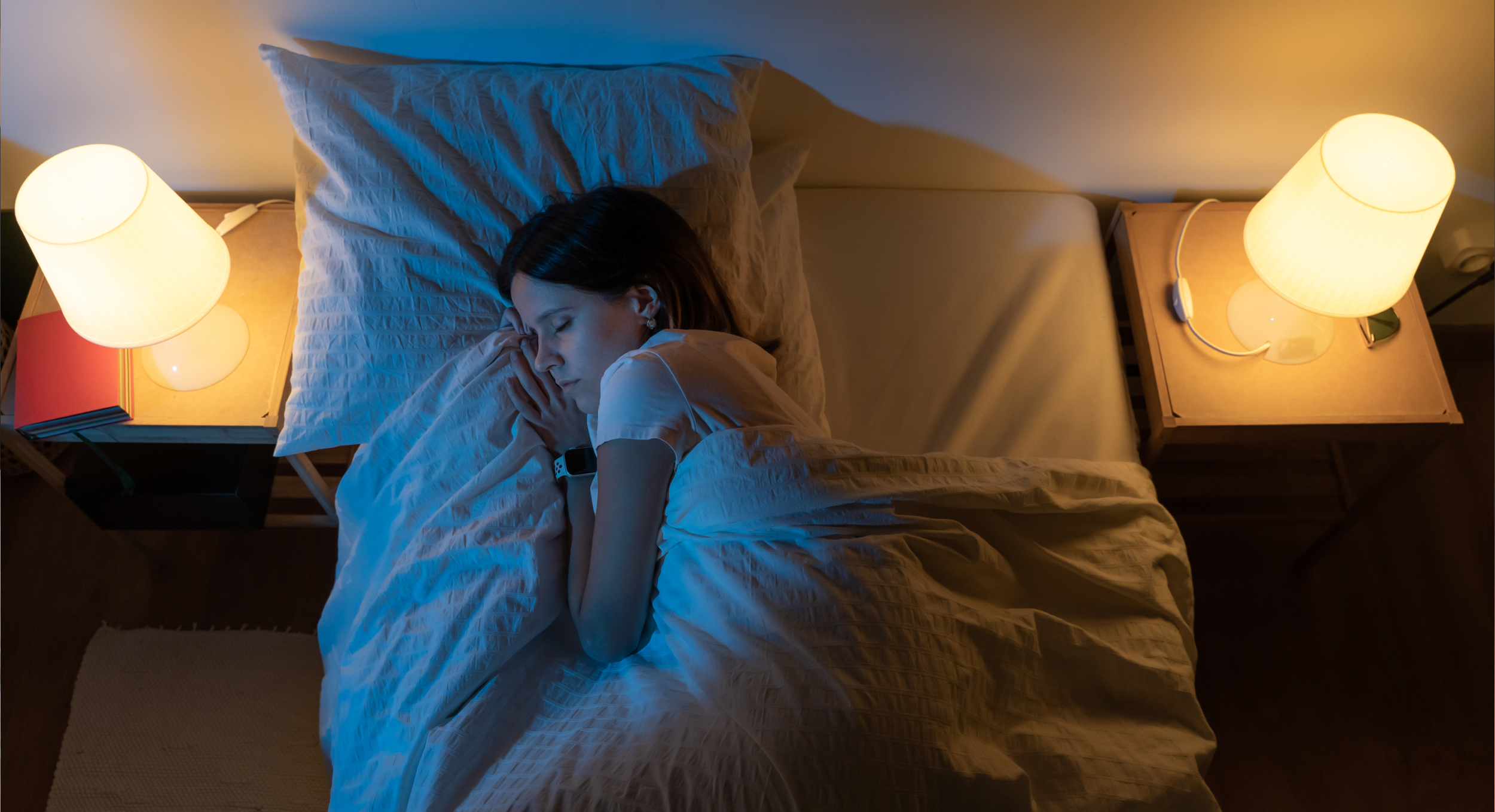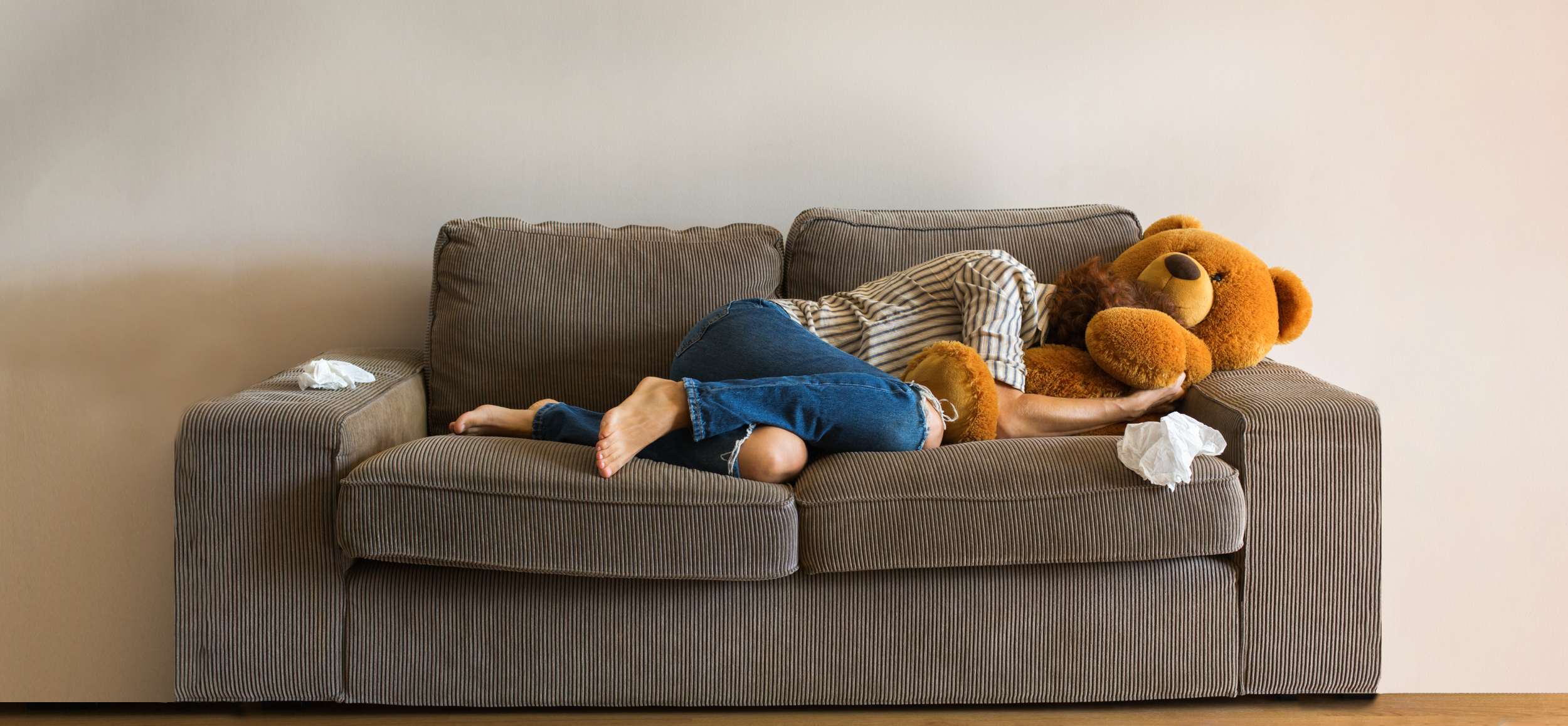
How to Cope with Anxiety? Tips and Strategies
If you’re someone who experiences anxiety, it’s beneficial to understand the mechanisms behind its onset, how it operates, and, accordingly, have effective tools for managing it. However, “fighting” anxiety isn’t quite the approach we need. Instead, it’s about recognizing the difference between dangerous and safe anxiety and acting based on this crucial understanding.
Acute or Situational Anxiety
Anxiety is a normal emotion. It’s legitimate in situations like an important meeting or an event whose outcome you believe will affect your future, or any unpredictable situation that causes unease, as does any form of uncertainty. Such anxiety arises as a reaction to circumstances beyond your control. Once the tasks are resolved, and questions answered, anxiety begins to diminish and eventually vanishes. This is how a healthy psyche functions. This is considered normal, or safe, anxiety.
Chronic Anxiety
If your emotions don’t return to their normal baseline after a situation has ended, with anxiety lessening but not completely disappearing, remaining as an anxious background, or it lessens but intensifies again at the slightest cause (or even without one) and does so endlessly – this is pathological or unhealthy anxiety. This type of anxiety is developed by the body as an additional survival strategy in a world that turns out to be unsafe, becoming a part of the personality that is “always on guard” and reacts extremely sensitively to minimal external or internal irritants.
Post-Stress Anxiety
This type of anxiety occurs after exposure to extreme stressors, namely, circumstances that posed a threat to health, life, or well-being in general. Generally, a threat to survival. Such anxiety (assuming the individual survived the situation and it has ended) initially has a recurring nature, arising in situations similar to the stressor, and then becomes chronic – continuous. This is how the brain attempts to anticipate potential dangers to avoid them timely. This mechanism is at the heart of the development of GAD – Generalized Anxiety Disorder, and PTSD – Post-Traumatic Stress Disorder.
Personality Anxiety
Increased anxiety can be embedded in the mechanisms of responding to external and internal circumstances from early childhood. It becomes part of a pathological survival strategy, according to which worrying means better control of the situation. An anxious adult is often a child raised by an anxious parent, inheriting their coping strategy as the only way to stay safe. Objectively, this is not the case, but changing the option of personality anxiety in the settings, so to speak, can’t be achieved simply by desire or willpower.
Meditation can help you deal with it, download our specially designed anxiety app
Anxiety Attacks and Panic Attacks
If you encounter situations that trigger a surge of anxiety, you might experience:
- On an emotional level: escalating unease, agitation, fear, panic.
- On a physiological level: increased heartbeat, shortness of breath, chest tightness, head pressure, pulsation in the temples and ears, sweaty and cold palms and feet, weak legs, dizziness, nausea, stomach spasms.
- On a behavioral level: the need to sit down, lie down, or, conversely, to move quickly, seek help.
These are symptoms of paroxysmal anxiety, panic attacks (alarm reactions), or sympathoadrenal crises (similar to panic but with fear of death from a heart attack or suffocation instead). They arise as a consequence of a past threat to safety: if you once couldn’t cope with a situation or person, experiencing strong negative emotions – resentment, shame, anger, which for various reasons weren’t expressed – the brain remembers this and reacts similarly when encountering a situation that reminds it of the trigger. You might argue that these attacks also occur without any apparent triggers. Correct. Since in the context of a trigger we’re dealing with the suppression of very strong negative emotions, from time to time, the psyche’s tolerance cup overflows, and all suppressed feelings burst out in the form of an acute anxiety attack, often seemingly out of context.
Try using meditative techniques to conquer these emotions
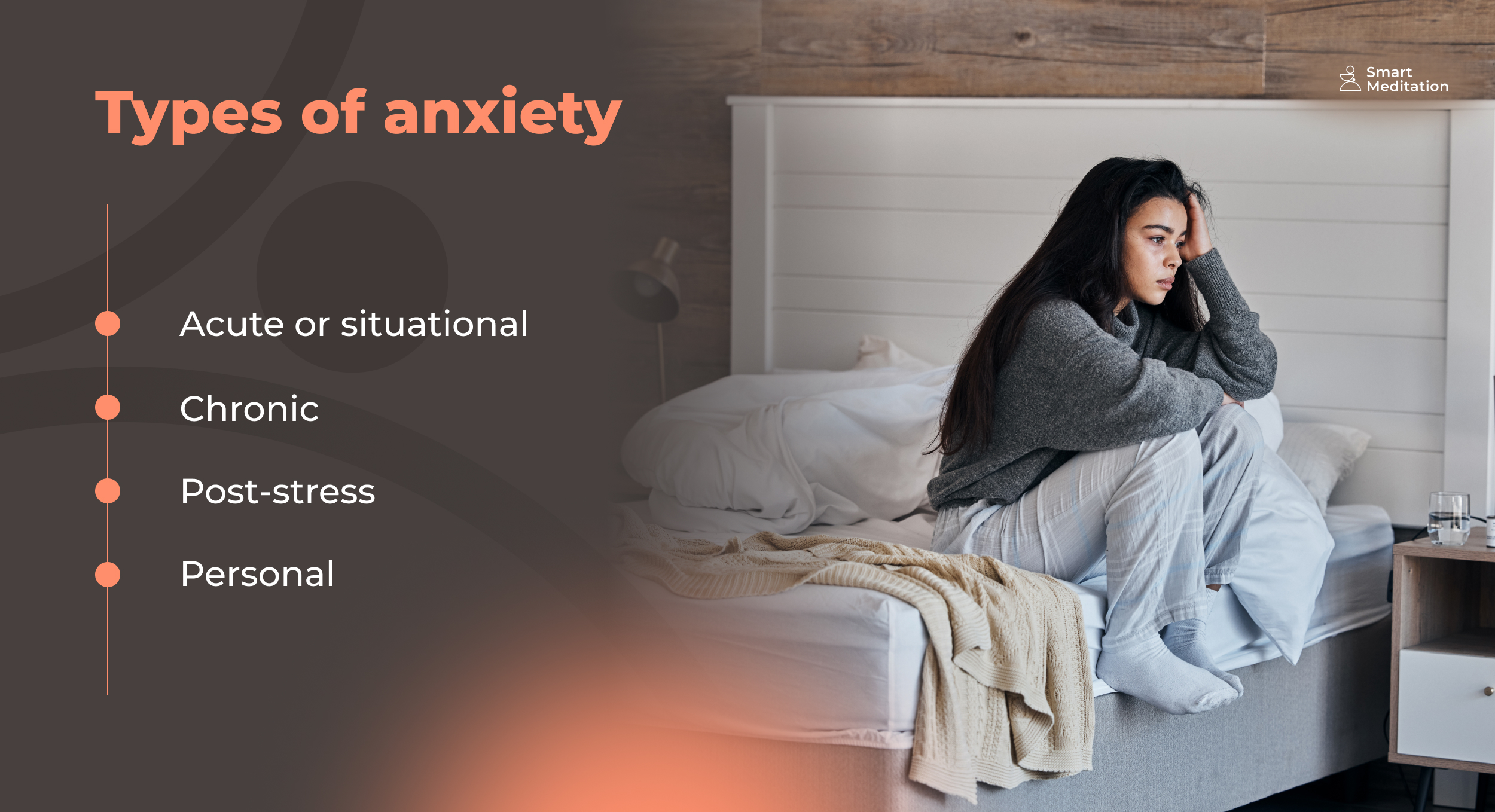
How to Cope with Anxiety?
If you regularly encounter episodic anxiety, it’s wise to have medications in your travel and home medical kits that quickly and effectively alleviate an anxiety attack. Classic tranquilizers and short-acting beta-blockers work best here, quickly normalizing the raging autonomic nervous system by suppressing unauthorized adrenaline releases.
To relieve panic or strong anxiety without drugs, the following techniques help:
- Breathing into a paper bag (which works best) or into your hands. The idea behind this technique is to quickly enrich the blood with carbon dioxide, leading to the inhibition of panic development mechanisms and reducing anxiety at the moment.
- Abdominal breathing, slow and deep, where the exhale is roughly twice as long as the inhale. This way, you stimulate your parasympathetic nervous system, which works to calm you down. The anxiety inhibition mechanism here is based on the principles of biological feedback.
- Another method to reduce strong anxiety and lower panic is to align your emotional and physical “self”. Here’s the deal: anxiety, as a form of fear, arises as a signal to the body about danger and the need to take urgent measures for survival, activating the “fight-or-flight” mechanism. If you intensely move for 5-10-15 minutes (running and very fast walking are highly recommended), the rescue program is completed, and anxiety subsides. Instead of running, you can use push-ups, squats, or shout (into a pillow) and stomp your feet. In short, there are options.
Our mobile meditation app contains the best meditation techniques against anxiety
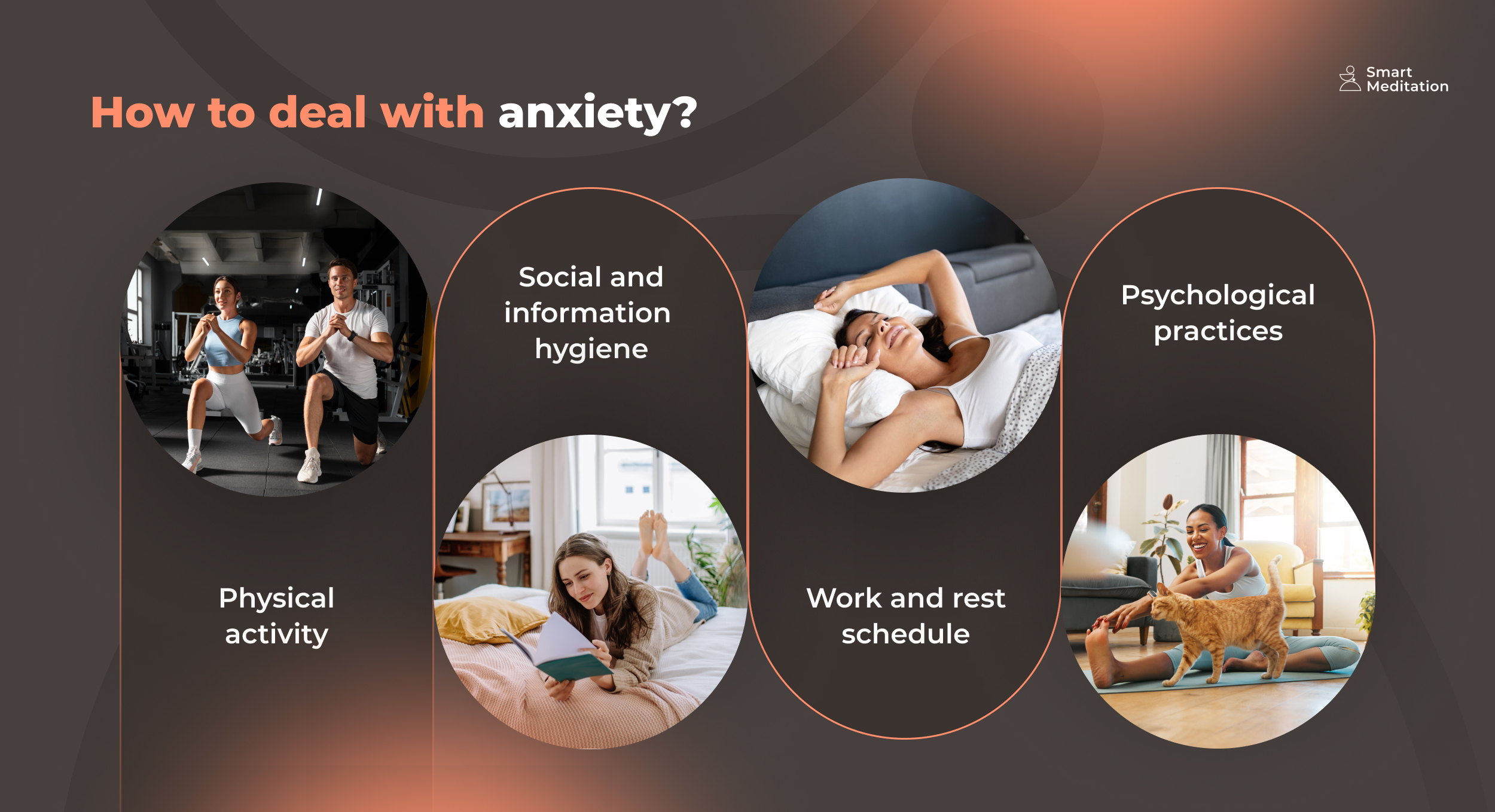
How to Manage Anxiety?
Having anxiety as a personality trait suggests working towards a long-term goal. The objective here is to reduce the baseline level of personal anxiety and increase the threshold for anxiety onset, both in everyday life and stressful situations. The main directions are:
- Moderate but systematic physical activity in any form helps create a dopamine reserve, which, in turn, increases stress resistance, equivalent to raising the anxiety threshold.
- Social and information hygiene: the brain feeds on the information you “feed” it, and based on that information, it paints the picture of the world you live in.
- Routine, of course, the work and rest regime. Remember: you can’t rest or sleep in advance. If you chronically lack sleep and rest, your body will perceive this as a security threat, increasing anxiety.
- Psychological practices of all kinds: muscle relaxation techniques, meditative practices – these provide your brain with an opportunity for a quality reboot, during which accumulated tension is released, and the brain can replenish its expended resources.
These are the main principles for managing anxiety. Good luck to you!
